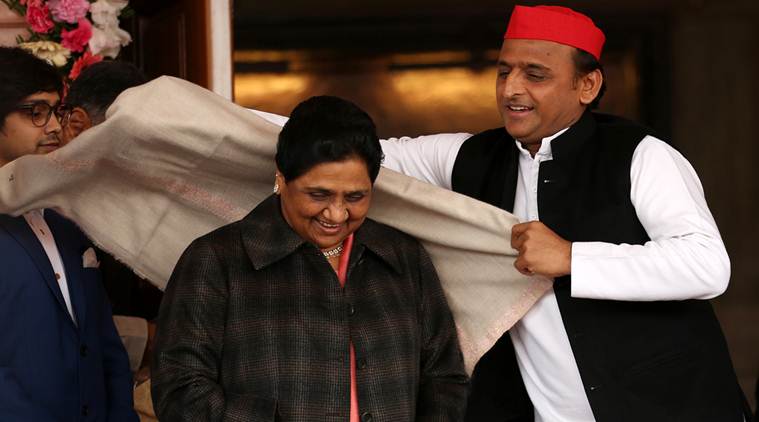Anatomy of a choice
SP-BSP partnership in UP makes the contest open and competitive in India’s politically most important state

After weeks of negotiations, the SP and BSP have announced the distribution of seats that both parties will contest in Uttar Pradesh, Madhya Pradesh and Uttarakhand, in a pre-electoral alliance that may have a major bearing on the outcome of the 2019 General Elections. In 2014, the BJP won 90 per cent of the seats in these three states, a result that gave it a majority of seats in the Lok Sabha. A setback in the key Hindi belt states would mean a loss of this majority.
In UP, the distribution of seats matches each party’s broad electoral geography. The SP gets more seats in the Doab, a traditional sub-regional stronghold where it currently holds four of its five seats. The BSP gets an edge in Western UP and northeastern UP, where it usually outperforms the SP. The RLD gets a handful of seats in Jat-dominated regions of Western UP. The BSP will run in 10 reserved seats, against seven for the SP. In MP, the SP and BSP will combine forces in districts adjacent to UP. In Uttarakhand, the alliance greatly favours the BSP which has a presence across the state.
An examination of the data shows that, although formidable, the SP-BSP alliance would not automatically lead to a major victory in UP, or have a significant impact in the other two states. In 2014, the BJP’s vote share in UP surpassed the combined vote share of the SP and the BSP in 37 seats. Had the SP and the BSP contested together and their vote shares added up perfectly, they could have won 13 seats with small margins (below 5 per cent) and 30 other seats with comfortable margins.
If one looks at more recent results, comparing assembly constituency performance within parliamentary segments, and including the Congress, which ran in an alliance with the SP in most seats, an SP-BSP combine would have been clearly outvoted in 48 seats, and nearly defeated in 11 other seats.
In the other two states, the question is not so much whether the SP-BSP alliance makes electoral sense on its own, but whether its alliance with the Congress would make a difference for the bipolar contest between the Congress and BJP. In MP, the combined vote share of the SP and BSP was 6 per cent, below the average victory margin of the BJP (9.4 per cent). This means that assuming that vote transfers would have taken place, a Congress-SP-BSP alliance could have altered the outcome in seven seats. In Uttarakhand, a hypothetical Congress-SP-BSP combine would have made a difference in only one seat (Haridwar). The SP has no presence in the state which, in the absence of an alliance with Congress, makes the tie-up with the BSP merely symbolic.
These, again, are hypothetical scenarios, based on calculations that barely connect with the reality of electoral politics and alliance dynamics. These calculations, however, indicate that the alliance does not give the SP and the BSP a clear advantage against the BJP. There are at least six other factors that complicate the scenario.






































No hay comentarios:
Publicar un comentario